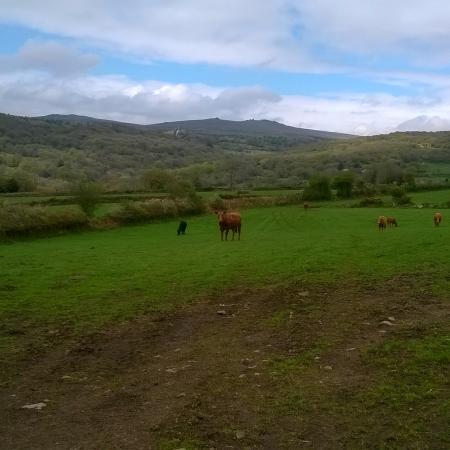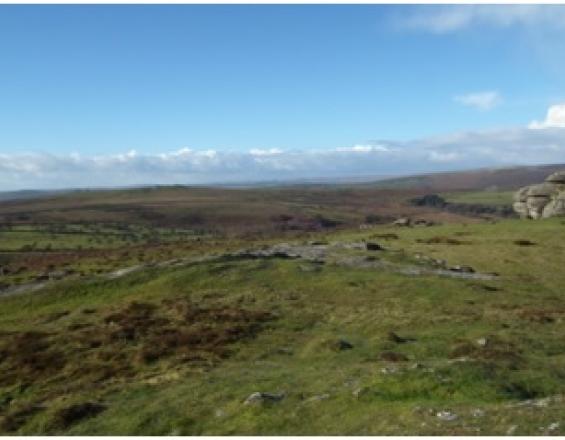The scale of restoration and broad scope of stakeholders impacted by and interested in the Dartmoor Mires project lead to a diversity of often competing interests and highlighted the need to align those interests behind a shared goal and ensure a productive environment for maximizing the efficiency and effectiveness of the planning and implementation processes. The project thus utilized an inclusive partnership - the ‘Dartmoor Mires Partnership’ - to enable access to the necessary resources, expertise, experience and perspectives, secure a high level of commitment and aspirations from those involved, and ensure that a wide range of interests were considered as the project developed. The partnership also served to gather evidence to inform partners’ decision-making and planning for the future and draw out learning from this pilot for the benefit of the partnership and wider audiences. The partnership contained organisations with a range of different roles and responsibilities in respect to Dartmoor in general and the Mires habitat in particular. The project evaluation has shown that how a restoration project of this type is organised is as important to its success as the techniques it deploys on the ground.
Enabling factors
The complexity and dimension of the project made it both possible and necessary to involve a variety of partners from both government and the private sector who worked together for a mutual goal. One tool for unifying such diverse interests and priorities was the development of a Memorandum of, While the partnership is inclusive of state and non-state actors, it has been kept to a manageable number of interested parties.
Lesson learned
In the case of Dartmoor, the wide range of interests represented in the partnership provided significant support for the project, but also challenges in reconciling differing views and expectations. Broadening the remit and membership of the partnership and potentially appointing an independent chair could serve to recognize and resolve differences more swiftly. Furthermore, it is crucial to clarify expectations regarding the way in which such a partnership should function in order to have unified understandings in entering the project. Greater clarity in this regard can reduce difficulties for planning and delivery. The partnership not only enabled participants to have an input into project delivery, but further served to created added value by improving the working relationships between involved organizations and facilitating networking opportunities.


